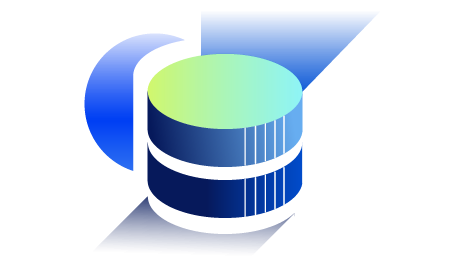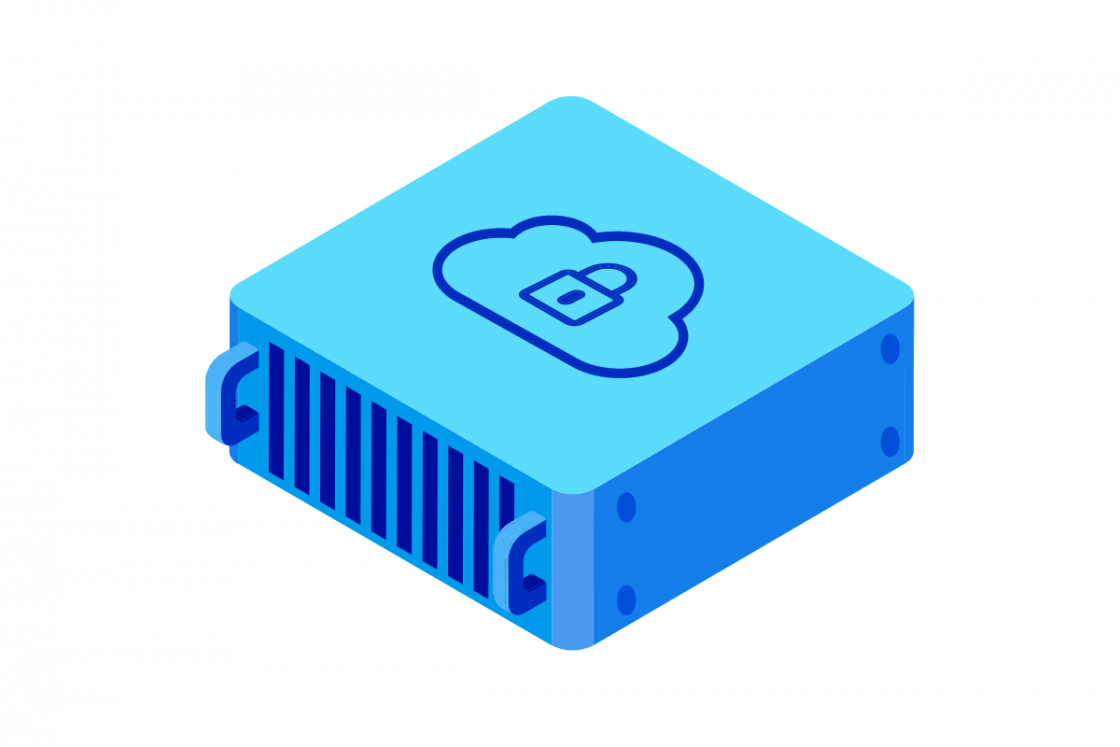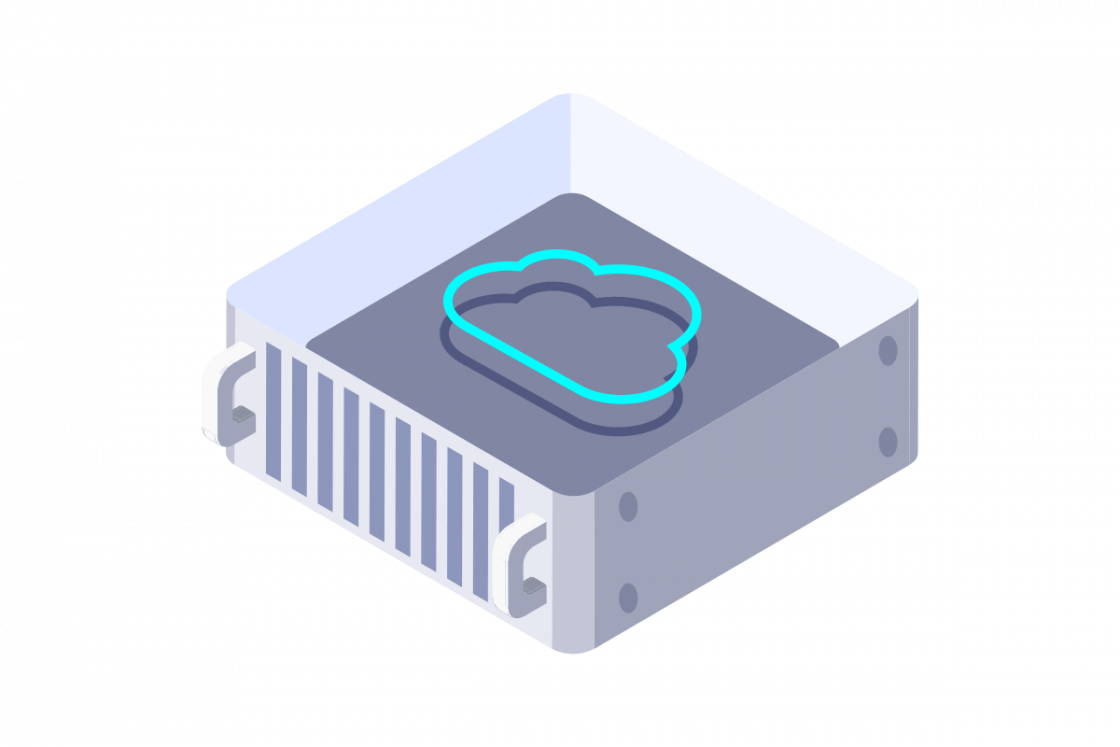MySQL VS PostgreSQL
Databases Overview
Databases are fundamental to modern software applications, providing structured ways to store, manage, retrieve, and update data efficiently. Relational databases are among the most popular and widely used database management systems, organising data into tables with predefined schemas.
Two leading open-source relational database systems are MySQL and PostgreSQL, each with its own history, strengths, and typical use cases.

MySQL
MySQL is one of the world's most popular open-source relational database management systems (RDBMS). First released in 1995, it was developed by the Swedish company MySQL AB, which was later acquired by Sun Microsystems in 2008 and subsequently by Oracle Corporation in 2010. It is one of many SQL databases, including SQLite.
Oracle continues to develop and support MySQL, offering free community and paid commercial editions with additional features and support.
Known for its speed, reliability, and ease of use, MySQL quickly gained prominence, particularly in web development, as a key component of the LAMP (Linux, Apache, MySQL, PHP/Perl/Python) stack.
It is widely used for various applications, ranging from small personal projects to large-scale enterprise systems. It is the backend database for many popular content management systems (like WordPress, Joomla, and Drupal) and web applications. While initially focused on speed and simplicity, newer versions have incorporated more advanced features to enhance SQL compliance and capabilities.
PostgreSQL
PostgreSQL, often simply called "Postgres," is a powerful, open-source object-relational database management system (ORDBMS). Its development originated from the Ingres project at the University of California, Berkeley, starting in 1986, with its first public release under the Postgres name occurring later. It is developed and maintained by a global community of developers and companies known as the PostgreSQL Global Development Group.
PostgreSQL prides itself on its strong adherence to SQL standards, extensibility, robustness, and focus on data integrity. Unlike MySQL, which initially focused primarily on being an RDBMS, PostgreSQL incorporates object-oriented features.
It supports complex queries, advanced data types, and powerful features like transactional integrity, concurrency control (MVCC), and extensibility. Users can define their own data types, functions, and operators.
This makes it a popular choice for complex analytical applications, data warehousing, geospatial databases (via the PostGIS extension), and applications demanding high levels of reliability and data correctness. Its permissive open-source licence also contributes to its broad adoption.
PostgreSQL’s flexibility makes it suitable for a wide range of use cases, thanks to its powerful extensions. Tools like PostGIS support advanced geospatial analysis, while pgvector enables efficient handling of AI-related vector data, extending PostgreSQL beyond traditional relational workloads.
Types of Databases
The type of database system is determined by how data is structured, stored, and accessed. While many variations exist, two dominant paradigms in modern data management are Relational Databases and NoSQL databases.
Understanding their fundamental differences is key to choosing the right technology for a specific need. This comparison focuses on MySQL and PostgreSQL, which both fall primarily under the relational model.
Relational Databases
A relational database, often referred to as a Relational Database Management System (RDBMS), has been the cornerstone of data management for decades.
They organise data into a table or set of tables (also called relations) composed of rows (records or tuples) and columns (fields or attributes). Each table has a predefined structure, known as a schema, which dictates each column's data types and constraints. Key characteristics include:
- Structured data: Data fits neatly into rows and columns every time.
- Schema: A predefined structure enforces data consistency.
- Relationships: Tables can be linked together using primary and foreign keys, allowing for complex queries that join data from multiple tables.
- SQL (Structured Query Language): The standard language used to define, manipulate, and query data in relational databases, which includes, e.g., SQLite and MySQL.
Relational databases excel in scenarios requiring high data integrity, complex querying capabilities, and structured data consistency. Examples include financial systems, inventory management, and traditional enterprise applications. MySQL and PostgreSQL are leading examples of relational databases.
NoSQL Databases
NoSQL, often interpreted as "Not Only SQL," encompasses a diverse range of database technologies that emerged to address the limitations of relational databases, particularly concerning scalability, performance for massive datasets, and flexibility in handling unstructured or semi-structured data.
Unlike the rigid schema requirements of RDBMS, NoSQL databases often offer more flexible data models. Key characteristics and types include:
- Flexible schemas: Many NoSQL databases are schema-less or have dynamic schemas, allowing data structure to evolve easily.
- Scalability: Often designed for horizontal scaling (scaling out) across many servers, handling large volumes of data and high traffic loads.
- Document databases: Store data in formats like JSON or BSON (e.g., MongoDB, Couchbase).
- Key-value stores: Store simple key-value pairs (e.g., Valkey, Memcached).
While some offer tuneable consistency, many NoSQL databases prioritise availability and partition tolerance over strict consistency, sometimes adhering to the BASE (Basically Available, Soft state, Eventually consistent) model.
NoSQL databases are well-suited for big data applications, real-time web applications, content management systems handling diverse media types, and scenarios where development agility and scaling are paramount. They provide alternatives when traditional relational databases' rigid structure or scaling limitations become challenging.
Feature Comparison
Regarding adherence to the official SQL standard, PostgreSQL has long been recognised for its commitment to strict compliance. It supports many SQL features, often implementing new standard features before many other databases.
This includes advanced functions like complex window functions, common table expressions (CTEs), recursive queries, and robust full-text search capabilities. Historically, developers needing strict SQL compliance and advanced standard features often preferred PostgreSQL.
MySQL, particularly in its earlier versions, sometimes prioritised speed and simplicity over strict standard adherence, leading to specific non-standard extensions or behaviours.
However, significant strides have been made, especially from MySQL version 8.0 onwards. Modern MySQL versions demonstrate greatly improved SQL compliance, incorporating features like CTEs, window functions, robust JSON functions, and roles, bringing it much closer to the SQL standard and PostgreSQL in terms of feature parity.
Data Types
PostgreSQL is renowned for offering a diverse and extensible range of data types beyond numeric, string, and date/time.
It natively supports advanced types such as network addresses (like IP addresses and MAC addresses), universally unique identifiers (UUIDs), geometric types for spatial calculations, arrays (allowing columns to contain lists of values), range types, and sophisticated JSON/JSONB types.
The binary JSONB type, particularly, is highly regarded for its efficiency and indexing data support capabilities. Furthermore, PostgreSQL's architecture allows users to define their own custom data types, enhancing its flexibility.
MySQL provides a comprehensive set of standard SQL data types to support and has significantly enhanced its offerings. It includes robust support for numeric, string, temporal, and binary data. MySQL also features capable JSON support, allowing storage and querying of JSON documents and spatial data types that are compliant with OpenGIS standards.
Overall, while MySQL effectively covers most common needs, PostgreSQL provides greater built-in variety and extensibility for specialized data representation.
Performance
Comparing MySQL's and PostgreSQL's performance is complex, as results heavily depend on the specific value, workload, hardware, database configuration, indexing strategies, and query complexity.
Neither database is universally faster than the other. Historically, MySQL gained a reputation for high performance in read-heavy scenarios and simpler query operations, partly attributed to storage engines like MyISAM (though the more robust, ACID-compliant InnoDB is now the default and generally recommended). It was often seen as easier to configure for basic high-read web applications.
PostgreSQL, conversely, is often favoured for applications that support complex queries, substantial data volumes, and high concurrency, particularly with mixed read/write workloads. Its sophisticated query planner and robust Multiversion Concurrency Control (MVCC) implementation often give it an advantage in these demanding situations, handling concurrent transactions with less locking contention.
Management of Data
Effective data management involves controlling data consistency, handling simultaneous user access (concurrency), and ensuring transaction integrity. MySQL and Postgres employ different strategies and philosophies in these areas.
Data Type Control
PostgreSQL is widely known for its stringent approach to data type control. When data is inserted or updated, PostgreSQL rigorously validates it against the column's defined data type and associated constraints.
The operation is typically rejected with an error if the data does not conform. This strict enforcement ensures a high degree of data integrity by preventing invalid or implicitly converted data from entering the database. Explicit type casting is generally required if conversions are necessary.
MySQL, historically, could exhibit more leniency regarding data type validation, depending on the configured SQL mode. In non-strict modes, it might attempt implicit type conversions (like converting a non-numeric string to 0 when inserting into an integer column) or silently truncate data that exceeds column size limits.
Concurrency Control
Both MySQL (using the default InnoDB storage engine) and PostgreSQL employ sophisticated mechanisms to manage concurrent access by multiple transactions, aiming to prevent conflicts while maximising throughput. The primary technique both use is Multiversion Concurrency Control (MVCC), supplemented by various locking strategies (like row-level locks).
PostgreSQL relies heavily on its MVCC implementation, allowing read operations (readers) to proceed without blocking write operations (writers) and vice versa for most common transaction isolation levels. This design performs well under high concurrency, especially with mixed read/write workloads. PostgreSQL's default transaction isolation level is Read Committed.
MySQL's InnoDB engine also effectively implements MVCC, providing similar benefits where readers don't block writers. However, its default transaction isolation level is Repeatable Read. InnoDB uses gap locking to prevent phantom reads under this level, sometimes leading to more extensive locking than PostgreSQL's Read Committed default in specific scenarios.
Multiversion Concurrency Control (MVCC)
While both databases use MVCC to provide transaction isolation and consistent reads, their underlying implementations differ. MVCC works by maintaining older versions of data rows, allowing transactions to see a consistent snapshot of the database as it existed when the transaction began without interfering with concurrent modifying transactions.
PostgreSQL implements MVCC by storing multiple versions of rows directly within the table's data pages. When a row is updated or deleted, the old version is not immediately removed but marked as expired relative to specific transaction IDs. These expired rows are later physically removed by a cleanup process called VACUUM, which is crucial for reclaiming storage space and preventing transaction ID wraparound failures. Regular and properly tuned VACUUM operations are essential for maintaining PostgreSQL performance.
On the other hand, MySQL's InnoDB storage engine implements MVCC using a separate area called the undo log or rollback segment. When a row is modified, the old version of the data is copied to the undo log. Transactions requiring an older view of the data read from this undo log.
Choosing Between MySQL and PostgreSQL
Ultimately, the choice between MySQL and PostgreSQL depends heavily on your application's specific requirements and your ability to support it.
MySQL often shines in scenarios where read-heavy performance, simplicity, and ease of setup are paramount. It is a long-standing favourite for straightforward web applications, content management systems, and e-commerce platforms, especially where rapid development is key. Its widespread adoption also means a vast pool of available developers and resources.
Postgres, with its emphasis on strict SQL compliance, robust data integrity features, and ability to handle complex queries and advanced data types, is frequently the preferred choice for complex analytical systems, data warehousing, financial applications, scientific research databases, and systems requiring geospatial capabilities (via PostGIS).
Its extensibility and focus on correctness make it ideal for applications where data validity and intricate operations are critical, even if it might initially present a slightly steeper learning curve than MySQL.
OVHcloud and MySQL, PostgreSQL
OVHcloud simplifies this complexity with our range of fully managed public cloud databases. We provide scalable, secure, and high-performance database engines and handle the operational burdens of setup, maintenance, backups, and updates.
This allows you to concentrate on building exceptional applications while we ensure your data is always available and secure.

Cloud Databases
Focus on your applications, not database administration. With OVHcloud Public Cloud Databases, you get fully managed, production-ready database engines deployed in minutes. We handle the infrastructure, maintenance, backups, and security, allowing you to innovate faster.

Databases for PostgreSQL
Leverage the power and robustness of the world's most advanced open-source relational database with OVHcloud's Managed PostgreSQL service. Get dedicated resources, automated backups, high availability options, and seamless updates for your PostgreSQL clusters.

Databases for MySQL
Ovhcloud's Managed Mysql service effortlessly deploys the world's most popular open-source database. Perfect for web applications, CMS platforms, and e-commerce sites, our service provides reliable, high-performance MySQL instances.